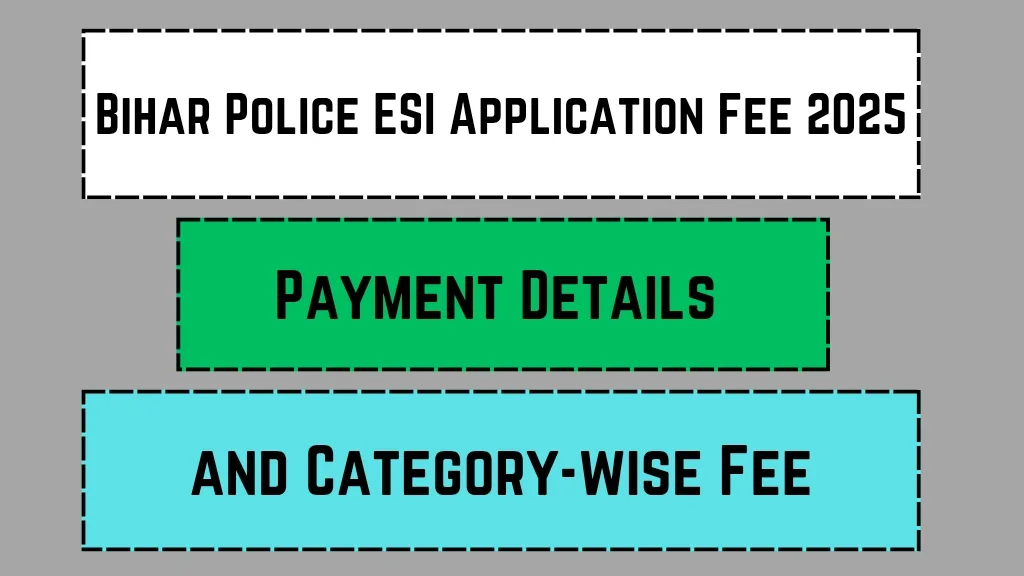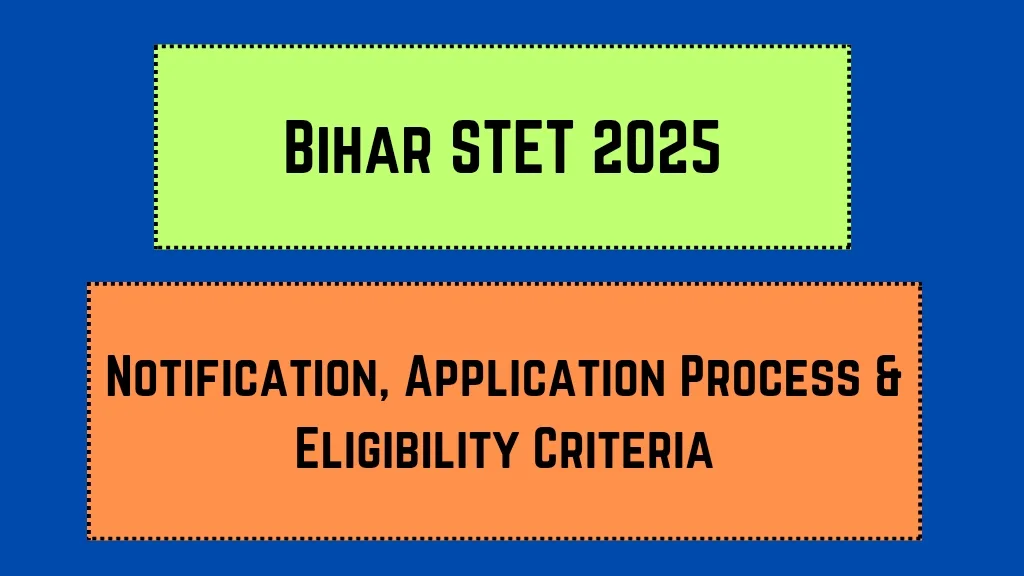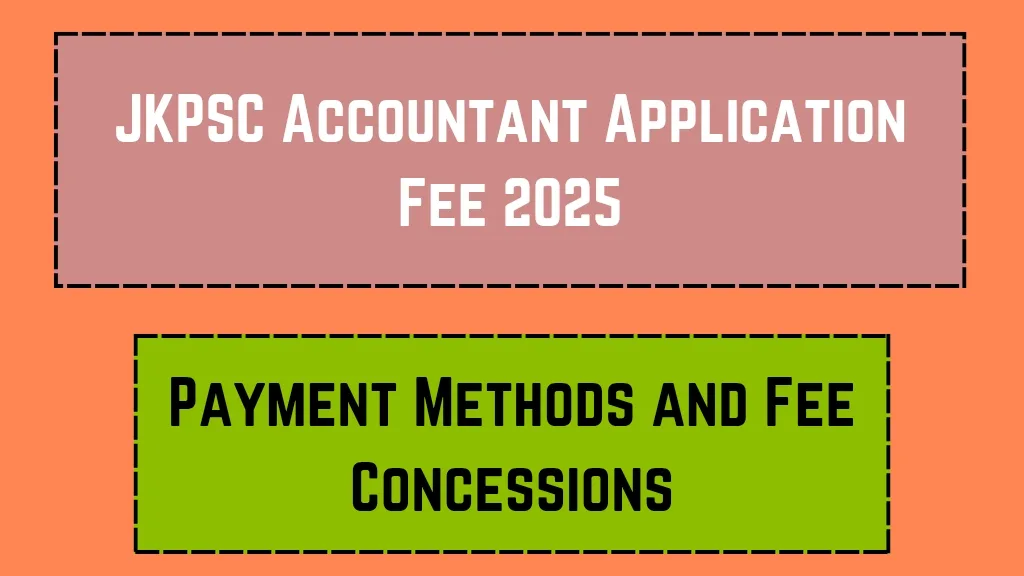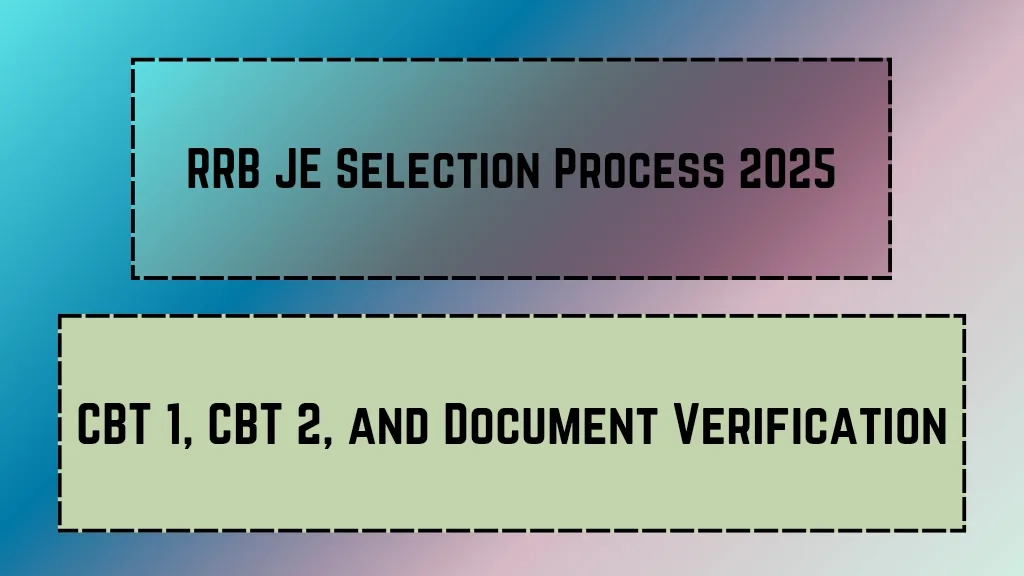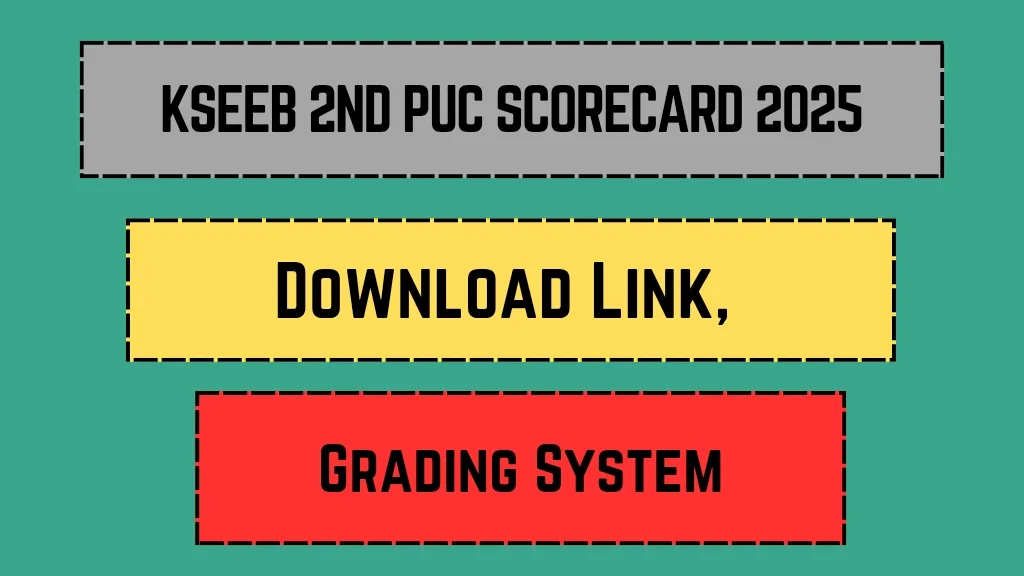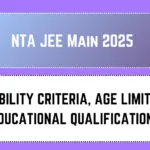The UGC NET 2025 is one of the most prestigious exams for aspiring lecturers and researchers in India. Conducted by the National Testing Agency (NTA), this exam opens doors to opportunities in higher education and research. If you’re planning to apply for UGC NET 2025, this guide will walk you through the entire process, from eligibility to submission. Let’s make your application journey smooth and stress-free!
Key Highlights 📌
| Key Point | Details |
|---|---|
| Organization Name | National Testing Agency (NTA) |
| Exam Name | UGC NET 2025 |
| Exam Level | National |
| Eligibility | Master’s degree with 55% marks (50% for reserved categories) |
| Exam Mode | Online (Computer-Based Test) |
| Application Fee | ₹1,150 for General, ₹600 for OBC-NCL, ₹325 for SC/ST/PwD |
| Exam Pattern | Two papers: Paper 1 (Teaching Aptitude) and Paper 2 (Subject-Specific) |
| Last Date to Apply | To be announced (Check official website) |
| Official Website | https://ugcnet.nta.nic.in |
Eligibility Criteria for UGC NET 2025 🎓
Before diving into the application process, ensure you meet the eligibility criteria:
- Educational Qualification: You must have a Master’s degree or equivalent with at least 55% marks (50% for SC/ST/OBC-NCL/PwD candidates).
- Age Limit: For Assistant Professor, there’s no upper age limit. For Junior Research Fellowship (JRF), the upper age limit is 30 years (relaxation for reserved categories).
- Subject Selection: Choose a subject from the 82 available options that aligns with your Master’s degree.
Step-by-Step Application Process 📝
Applying for UGC NET 2025 is a straightforward process if you follow these steps:
Step 1: Registration
- Visit the official website: https://ugcnet.nta.nic.in.
- Click on the “New Registration” link.
- Fill in your basic details like name, email, and mobile number to generate a registration ID.
Step 2: Fill the Application Form
- Log in using your registration ID and password.
- Enter personal, academic, and contact details.
- Select your preferred exam center and subject.
Step 3: Upload Documents
- Upload scanned copies of your:
- Passport-sized photograph (JPEG format, 10-200 KB).
- Signature (JPEG format, 4-30 KB).
- Category certificate (if applicable).
Step 4: Pay the Application Fee
- Use online payment methods like credit/debit cards, net banking, or UPI.
- Keep the payment receipt for future reference.
Step 5: Submit and Print Confirmation Page
- Review all details carefully before submitting.
- Download and print the confirmation page for your records.
Exam Pattern and Syllabus 📚
Understanding the exam pattern and syllabus is crucial for effective preparation:
| Paper | Marks | Questions | Duration | Topics |
|---|---|---|---|---|
| Paper 1 | 100 | 50 | 1 hour | Teaching Aptitude, Research Aptitude |
| Paper 2 | 200 | 100 | 2 hours | Subject-Specific Topics |
- Paper 1 is common for all candidates and tests general teaching and research aptitude.
- Paper 2 focuses on the subject you’ve chosen during registration.
Admit Card and Exam Day Tips 🎫
Once your application is accepted, here’s what to expect:
- Admit Card: Download it from the official website 10-15 days before the exam. Check all details like name, roll number, and exam center.
- Exam Day Essentials: Carry a printed copy of the admit card, a valid photo ID, and a blue/black ballpoint pen.
- Time Management: Practice mock tests to improve speed and accuracy.
Results and Cut-Off Marks 📊
After the exam, the NTA will release the results on its official website. Here’s what you need to know:
- Result Declaration: Usually within 1-2 months after the exam.
- Cut-Off Marks: Vary by category and subject. Check the official notification for details.
- Scorecard: Download and keep it safe for future reference.
Why UGC NET is Important 🌟
Clearing UGC NET opens up multiple career paths:
- Assistant Professor: Become eligible to teach in colleges and universities across India.
- Junior Research Fellowship (JRF): Pursue research with financial assistance.
- Career Growth: Enhance your academic profile and explore opportunities in education and research.
Rohan Malhotra is a tech writer focusing on recruitment notifications in the IT sector. He holds a degree in Computer Applications and has 3+ years of experience. Rohan enjoys coding and participating in hackathons.


